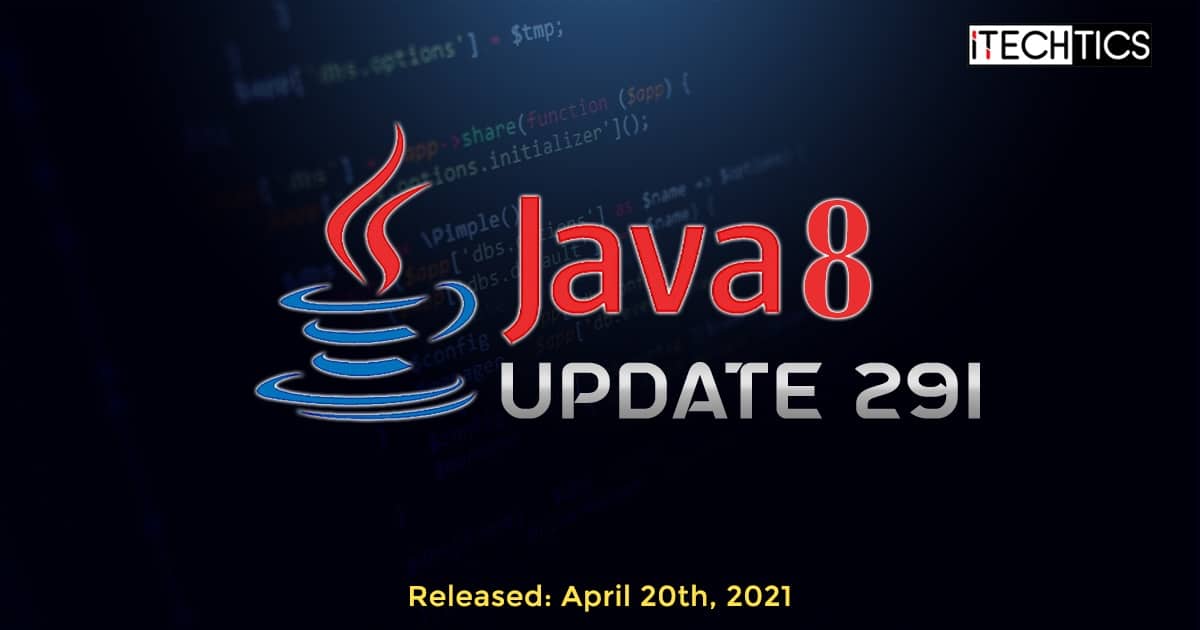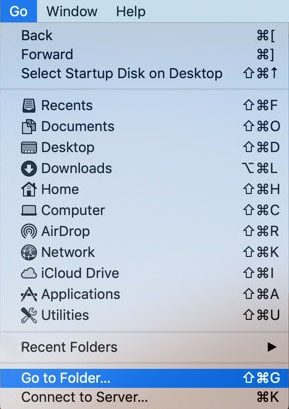

- How to uninstall java 9 mac os x how to#
- How to uninstall java 9 mac os x update#
- How to uninstall java 9 mac os x code#
- How to uninstall java 9 mac os x download#
Reaper DAW, one observes that Reaper community has grasped this rule so that Reaper is requesting permission everywhere. But, if the app request an input device NOT currently set as default input, then this is rejected by Big Sur, and there is no audio stream sent to the java App.Ĭomparing Java behaviour to other non-java apps like e.g. In consequence, and as an example: If a java app requests DEFAULT audio input device (often the built in mic, but sometimes virtual sound cards like e.g. The API Specification of the Java Platform, Standard Edition and Java Development KitĮxcellent tutorial, but as it seems there is a major error in ALL Java JDK and JRE versions around when it comes to Big Sur, as follows:Īny application now need permission to access system resources, but Java JDK/JRE does not pose such request, nor is this available as an API for a Java application (?).

How to uninstall java 9 mac os x code#
The source code of the Java Platform, Standard Edition 11 Reference Implementations binaries is available under the GPLv2 in a single zip file. Library/Java/JavaVirtualMachines/adoptopenjdk-11.jdk/Contents/Home Anyway, open a new terminal and verify: echo $JAVA_HOME In previous macOS versions, this was done in ~/.bash_profile.

In ~/.zshrc, I set the variable like so: export JAVA_HOME=$(/usr/libexec/java_home)
How to uninstall java 9 mac os x update#
Here is a trick that allows me to keep the environment variable current, even after a Java Update was installed. JAVA_HOME is an important environment variable and it’s important to get it right. OpenJDK 64-Bit Server VM AdoptOpenJDK (build 11.0.9+11, mixed mode) OpenJDK Runtime Environment AdoptOpenJDK (build 11.0.9+11) … hopefully showing something like this: openjdk 11.0.9 After opening a terminal, the successful installation of the JDK can be confirmed like so: java -version
How to uninstall java 9 mac os x download#
Select macOS and 圆4 and download the JDK (about 190 MB), which will put the OpenJDK11U-jdk_圆4_mac_hotspot_11.0.9_11.pkg file into your ~/Downloads folderĬlicking on the pkg file will install into this location: /Library/Java/JavaVirtualMachines/adoptopenjdk-11.jdkĪlmost done.

However, the easiest way is to select OpenJDK 11 (LTS), the HotSpot JVM, and macOS 圆4 is to get the latest release here:
How to uninstall java 9 mac os x how to#
Easy to follow details about how to install OpenJDK are available here. As I’m writing this, Java 11.0.9 is the latest LTS (Long Term Support) version and AdoptOpenJDK is one of the best places to find Prebuilt OpenJDK Binaries. OpenJDK 64-Bit Server VM 18.Since OS X 10.7 Java is not (pre-)installed anymore, let’s fix that. OpenJDK Runtime Environment 18.9 (build 11+28) bash_profile) and then running each alias, now I’ve got OpenJDK 11 set up and ready to go! $ j11 bash_profile, I now have: alias j11="export JAVA_HOME=/usr/libexec/java_home -v 11 java -version"Īlias j10="export JAVA_HOME=/usr/libexec/java_home -v 10 java -version"Īlias j8="export JAVA_HOME=/usr/libexec/java_home -v 1.8 java -version" Updating my aliases to quickly switch versions in my. Once you’ve moved it there, java_home -V now shows the new JDK in place: $ /usr/libexec/java_home -Vġ1, x86_64: "OpenJDK 11" /Library/Java/JavaVirtualMachines/jdk-11.jdk/Contents/Home gz file to the same location would make sense. Knowing that your available JDKs are installed to /Library/Java/JavaVirtualMachines/ by default, moving the contents of the downloaded OpenJDK 11 dir from inside the. Library/Java/JavaVirtualMachines/jdk1.8.0_151.jdk/Contents/Home To switch between JDKs, use /usr/libexec/java_home -v version (e.g. usr/libexec/java_home -V: This lists all installed JDKs, which is shown below: $ /usr/libexec/java_home -Vġ0, x86_64: "Java SE 10" /Library/Java/JavaVirtualMachines/jdk-10.jdk/Contents/Homeġ.8.0_151, x86_64: "Java SE 8" /Library/Java/JavaVirtualMachines/jdk1.8.0_151.jdk/Contents/Home usr/libexec/java_home: This will show you where the current JDK home is, for example: /Library/Java/JavaVirtualMachines/jdk-10.jdk/Contents/Home If you’ve done any fiddling with different JDK versions on MacOS before, you’ve probably come across the ‘/usr/libexec/java_home’ utility, which composes a number of useful things relating to the JDK that you’re currently using in your PATH. Click here for my previous article about this utility and answers to this StackOverflow post, which includes one of the most extensive and useful guides to running different JDK versions on MacOS that I’ve seen. tar.gz for OpenJDK 11 directly from, there’s no obvious installation instructions (at least that I could find) on the OpenJDK website or in the.


 0 kommentar(er)
0 kommentar(er)
